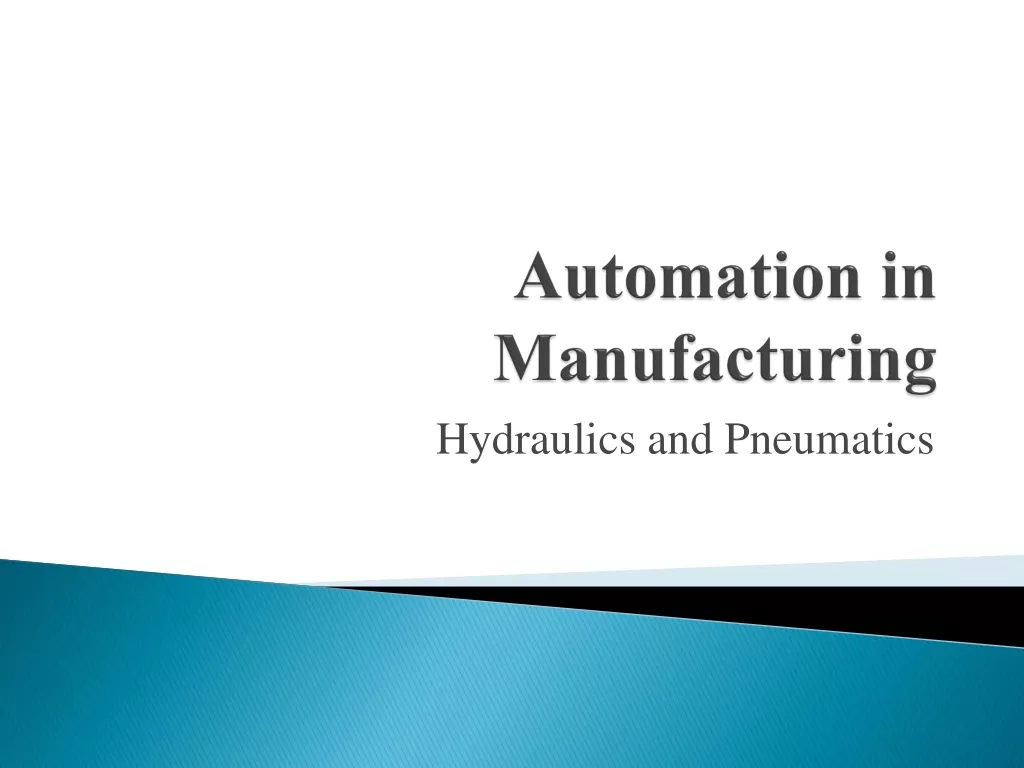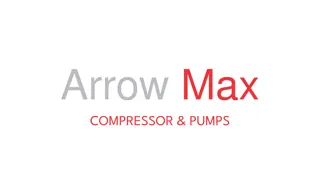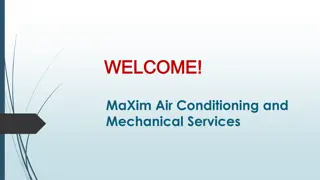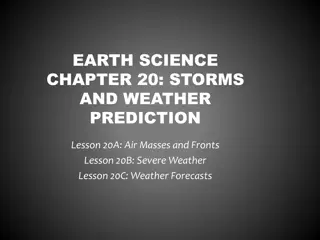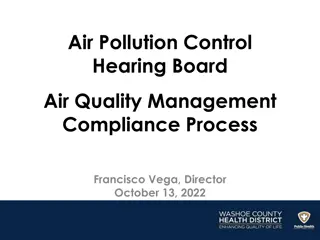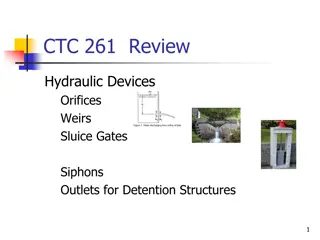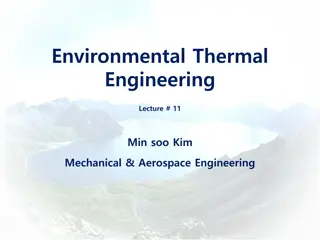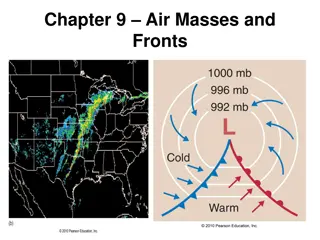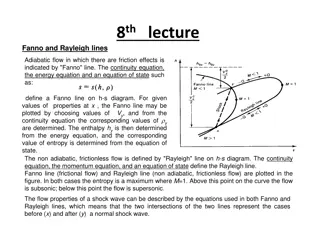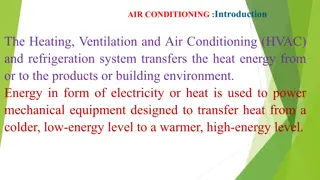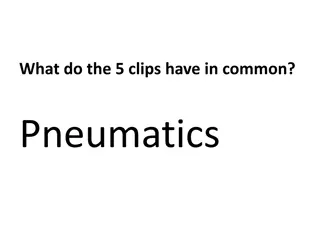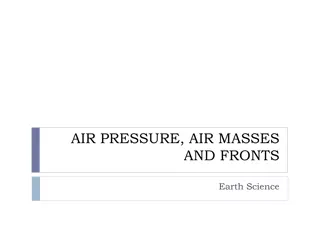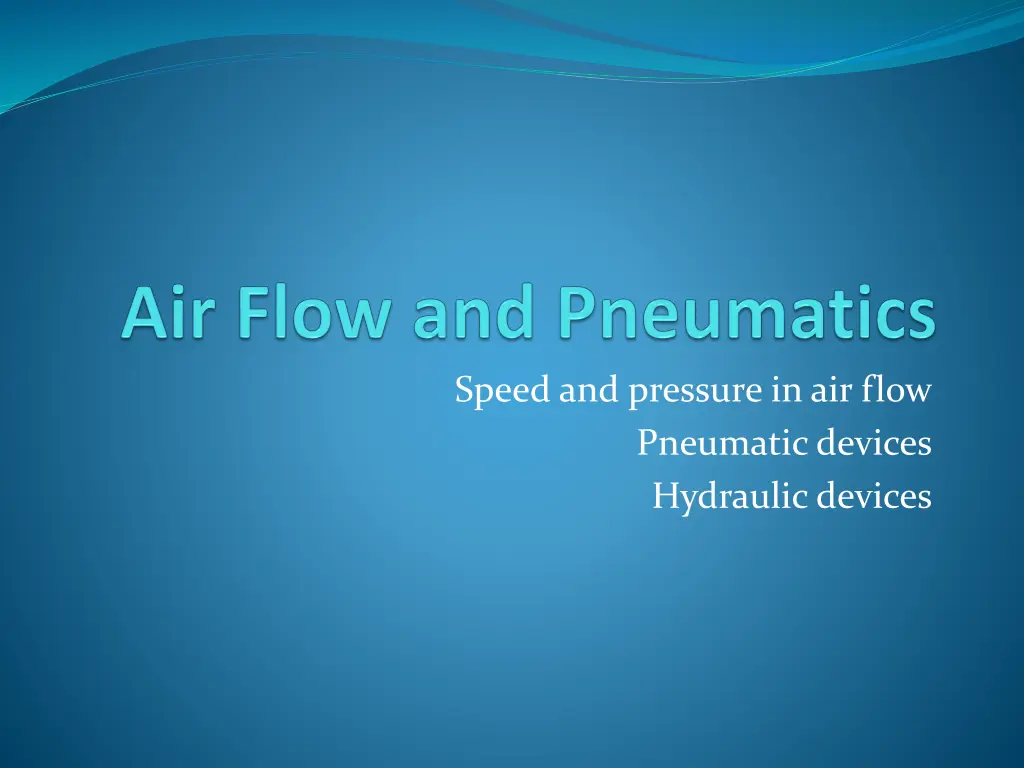
Devices for Air Flow & Hydraulic Work
Explore the dynamics of air flow and hydraulic systems with details on pneumatic and hydraulic devices such as pumps, jacks, and turbines. Learn how pressure and speed affect the movement of air and liquids in various applications.
Download Presentation

Please find below an Image/Link to download the presentation.
The content on the website is provided AS IS for your information and personal use only. It may not be sold, licensed, or shared on other websites without obtaining consent from the author. If you encounter any issues during the download, it is possible that the publisher has removed the file from their server.
You are allowed to download the files provided on this website for personal or commercial use, subject to the condition that they are used lawfully. All files are the property of their respective owners.
The content on the website is provided AS IS for your information and personal use only. It may not be sold, licensed, or shared on other websites without obtaining consent from the author.
E N D
Presentation Transcript
Speed and pressure in air flow Pneumatic devices Hydraulic devices
Speed and pressure in Air flow Air can move, when that occur it is called wind. This wind is able to move static objects in its direction. For wind to move a body there will be two vertical forces(weight & lift) and two horizontal forces (thrust & drag). The weight of the object moving in the air acts downwards, the lift act upward, the thrust acts towards the front while the drag acts backwards. For an object to remain in the air, the lift must be greater than the weight while the thrust must be greater than the drag for it t move forward.
Pneumatic Device Pneumatic is the use of compressed air to do work. Some of the pneumatic devices are: pumps, centrifugal pumps and double-acting pumps. Pumps: they are used to move gases and liquids by applying pressure greater than those of the gases like the bicycle pump and suction pump. Centrifugal pump: it is equipped with moving vanes which receives the gas at smaller radius and pushes it out at bigger radius with greater pressure and lesser speed.
Hydraulic Device These are devices which work on the principle of transmission of liquid pressure. This implies that when pressure is exerted at a point on a liquid in a vessel, the pressure is transmitted equally to all other points in the vessel in all direction independent of the cross-sectional area of the vessel. Some examples of hydraulic devices are hydraulic jack, hydraulic press, garden sprinkler, waterwheel, car brakes and hydraulic hammer. Hydraulic jack: it is based on principle of double-acting pump but the liquid is moved into a high pressure compartment. Garden sprinkler: it consist of one or more water jets which revolves about the centre as it sprinkles water in the garden.
Hydraulic Device Reaction Turbine: It consists of row of blades on a wheel which directs water on the blades such that the velocity is reversed at the outlet as such the wheel is forced to rotate producing a force greater than if the water merely comes to rest on the blade. Waterwheel: It rotates when moving water hits the vanes on the wheel which causes the wheel to rotate in the direction of the water and in turn is able to do work.

